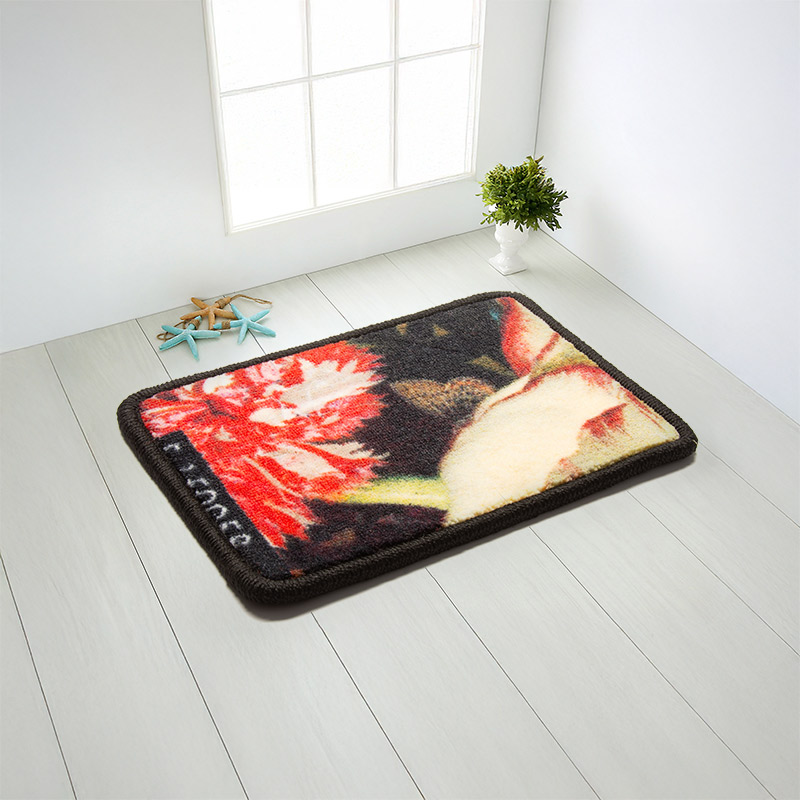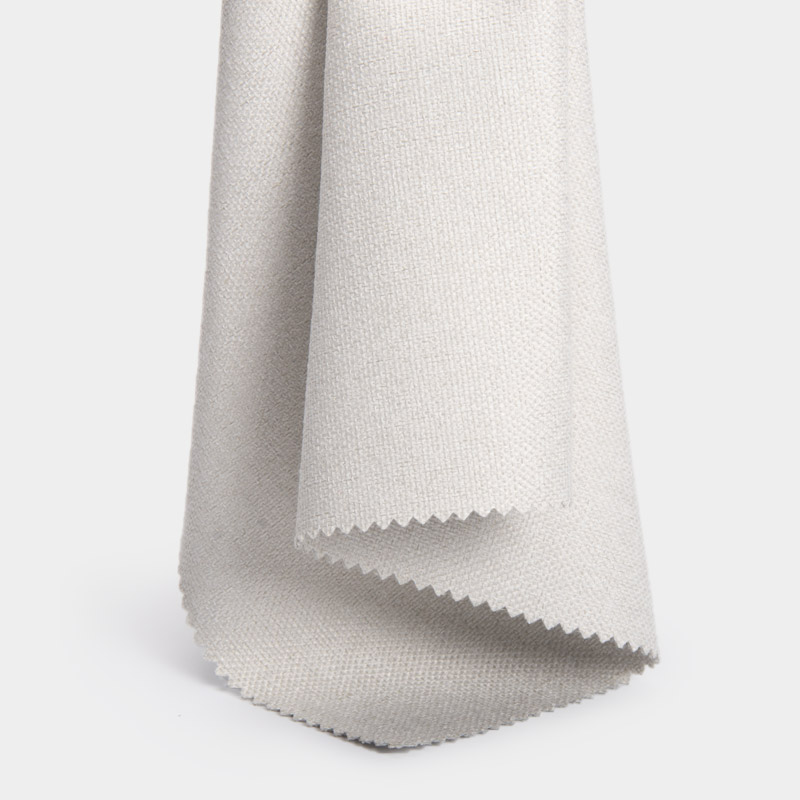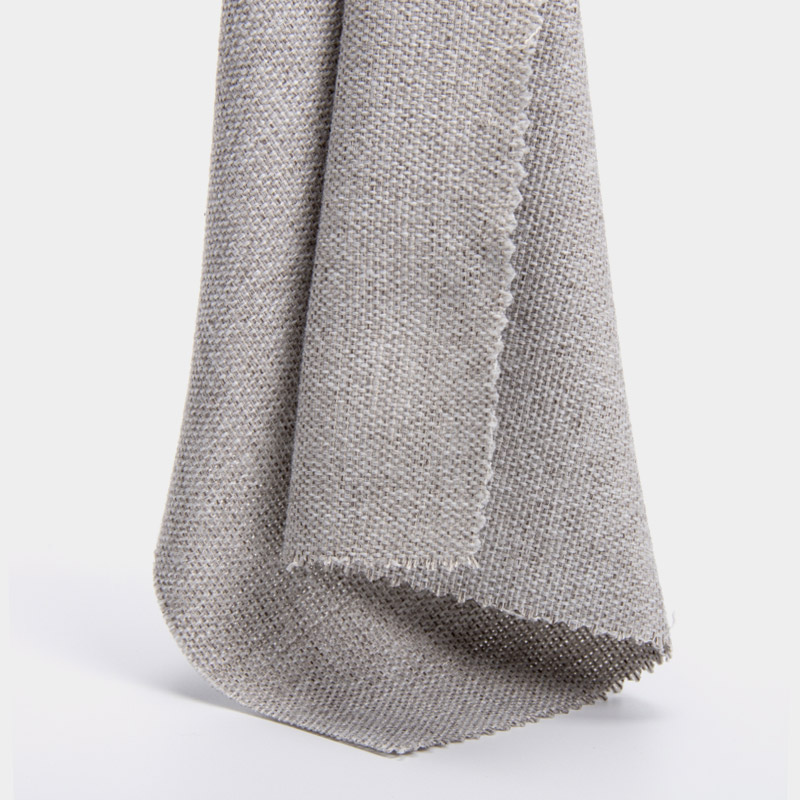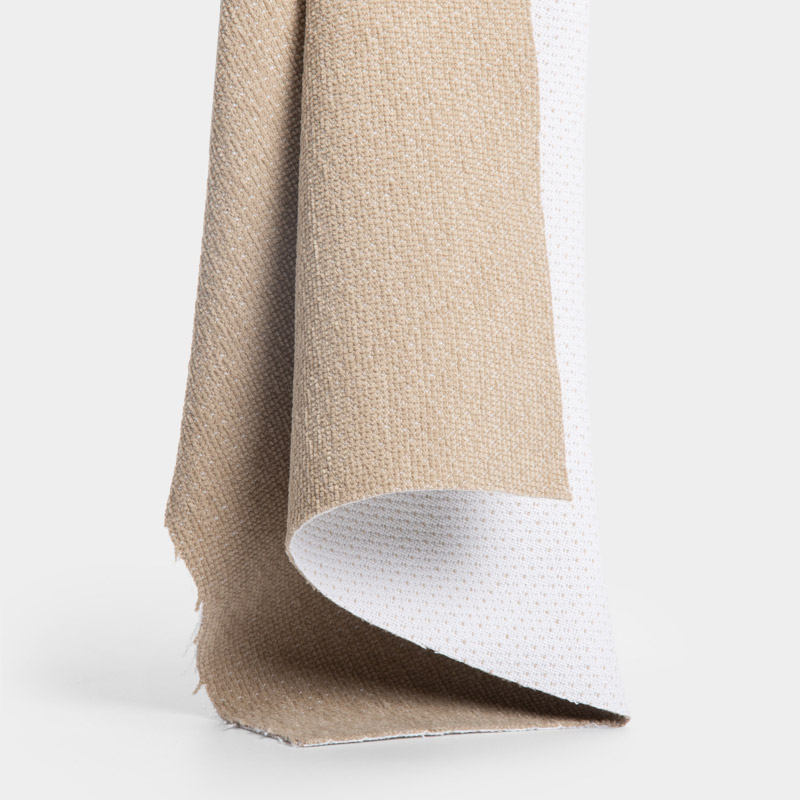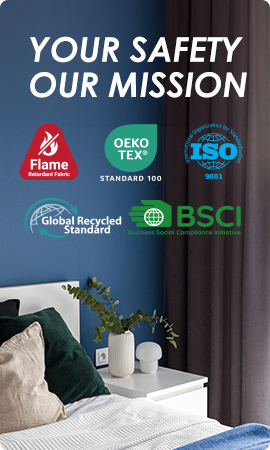Flame Retardant Curtain Care: 5 Mistakes to Avoid
Introduction
A Brief Overview of Cleaning and Maintaining Flame Retardant Curtains
Flame retardant curtains are a crucial part of safety and interior design in both residential and commercial spaces. Manufacturers treat these specialized curtains with chemicals to reduce flammability, ensuring enhanced protection against fire hazards.
Proper maintenance is important. It keeps their flame-retardant properties. It also helps maintain their look and durability over time. Incorrect cleaning methods can compromise the fabric’s integrity or diminish its fire-resistant qualities.
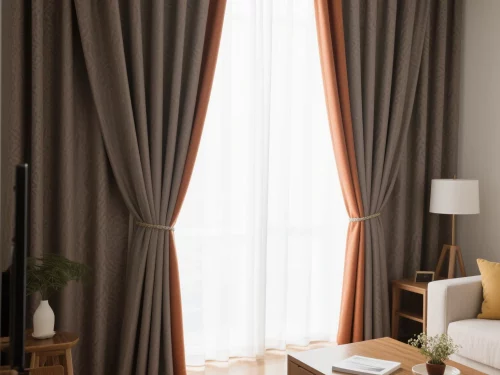
Step 1: Choose Specialized Detergents
The choice of detergent plays a pivotal role in maintaining flame retardant curtains. Using inappropriate cleaning agents can damage the fibers or strip away the flame-retardant coating.
Cleaning White Flame Retardant Curtains
Use Oxygen-Based Bleaching Detergents to Prevent Fiber Damage
White flame retardant curtains require special care to maintain their brightness without compromising the fabric’s quality. Instead of chlorine bleach, which can weaken the fibers, opt for oxygen-based bleaching detergents. These detergents effectively remove stains while being gentle on the material. This ensures that the curtains retain their structural integrity and fire-resistant properties even after multiple washes.
Cleaning Colored Flame Retardant Curtains
Use Neutral Detergents to Prevent Fading
Colored flame retardant curtains are particularly susceptible to fading if exposed to harsh cleaning agents. Neutral detergents are ideal for preserving vibrant colors while safeguarding the flame-retardant treatment. Avoid harsh chemicals or alkaline detergents. They can cause discoloration or damage to the fabric’s protective layer.
Step 2: Pay Attention to Water Quality and Temperature Control
Water quality and temperature significantly influence the cleaning process of flame retardant curtains. Improper handling during washing can degrade their fire-resistant properties.
Adjusting for High Hardness Water
Add Water Softeners When Necessary
In areas with hard water, mineral deposits can accumulate on curtain fabrics, reducing their effectiveness and appearance. To counteract this, you should add water softeners during washing. These soften the water by neutralizing minerals. This ensures a deep clean without leaving residues that could harm the fabric’s texture or performance.
Controlling Water Temperature
Maintain a Temperature Range of 30°C-40°C
Excessive heat can compromise both the fabric and its flame-retardant coating. Experts recommend maintaining a water temperature range between 30°C and 40°C during washing. This temperature range is sufficient for effective cleaning while being gentle on delicate materials.
Soaking and Rinsing Time Guidelines
Soaking Duration: No More Than 15 Minutes
Soaking flame retardant curtains for extended periods can weaken their fibers or dissolve some of their fire-resistant treatments. Soak for no more than 15 minutes. This helps avoid problems while still loosening dirt and stains well.
Rinsing Process: At Least Three Rinses
Proper rinsing is crucial to eliminate detergent residues that may harm the fabric over time. Rinsing at least three times ensures that you fully remove all cleaning agents. This keeps the curtains safe and maintains their texture.
Step 3: Select the Appropriate Washing Method
The method used for washing flame retardant curtains directly impacts their longevity and effectiveness.
Machine Washing vs. Hand Washing
Machine washing is convenient but requires careful settings to avoid mechanical damage. Delicate cycles with low agitation are suitable for most flame retardant fabrics. Hand washing takes more effort, but it gives you better control. This makes it great for detailed designs or delicate materials.
Avoiding Mechanical Damage
Prohibit the Use of Roller Washing Machines, Washboards, and Hard Brushes
Roller washing machines exert excessive pressure on fabrics, leading to wear and tear over time. Washboard and hard brushes can scratch or change the material’s weave. This may harm its fire-resistant coating.
Clean in Sections to Minimize Wear
For larger curtains, cleaning in sections prevents undue stress on specific areas of the fabric. This method ensures even cleaning while reducing risks associated with overhandling or stretching delicate fibers.
By following these steps, you can keep your flame retardant curtains effective and looking good. This ensures their flame-retardant properties and appearance remain intact.
Step 4: Opt for Natural Drying Methods Proper Drying Techniques
Lay Flat or Hang in a Shaded Area to Dry Naturally
Drying flame retardant curtains naturally is essential to preserve their fire-resistant properties and maintain fabric integrity. Avoid direct sunlight as it can fade colors and weaken the material over time. Instead, lay the curtains flat on a clean surface or hang them in a shaded, well-ventilated area. This method ensures that the drying process is gentle, preventing unnecessary wear or damage to the flame-retardant coating.
(Tip: Avoid Direct Sunlight: Never expose flame-retardant curtains to direct sunlight during drying. UV rays can degrade the fire-resistant coating, weaken fabric fibers, and cause irreversible color fading)
Use Breathable Drying Racks for Optimal Airflow
Breathable drying racks are an excellent option for drying flame retardant curtains efficiently. These racks allow air to circulate freely around the fabric, ensuring even drying without trapping moisture. Choose racks made of non-corrosive materials to avoid any reaction with the curtain fabric. This approach minimizes the risk of mildew growth and helps maintain the structural integrity of the curtains.
Moisture Prevention Measures
Gently Pat Curtains After Drying to Remove Residual Moisture
Even after natural drying, some residual moisture may remain within the fabric folds. To address this, gently pat down the curtains using a clean, absorbent cloth. This step eliminates all traces of moisture, reducing the likelihood of mold or mildew development. It also helps maintain a smooth texture, preventing wrinkles from setting into the material.
Utilize Dehumidifiers When Necessary
In humid climates, achieving completely dry curtains can be challenging. In such cases, using a dehumidifier in the drying area can help extract excess moisture from the air.
This method works well with natural drying techniques. It creates a good environment that stops dampness. This keeps flame retardant curtains looking good and working well.
Step 5: Choose the Right Storage Environment
Protect Against Pests During Storage
Proper storage practices are crucial for maintaining flame retardant curtains during periods of non-use. Pest infestations pose a significant threat to stored fabrics.
To prevent this, use airtight containers or vacuum-sealed bags. These create a barrier against insects and rodents. Adding natural repellents like cedarwood blocks or lavender sachets can provide additional protection without introducing harmful chemicals.
Effective Storage Techniques
Avoid Heavy Pressure When Folding Curtains
When preparing flame retardant curtains for storage, avoid applying heavy pressure while folding them. Excessive compression can lead to creases that may weaken fabric fibers over time. Instead, fold them loosely and place soft padding between layers if necessary to prevent abrasion or friction.
Store Away from Heat Sources and Sharp Objects
Keep stored curtains away from heat sources like radiators or direct sunlight. Heat can damage their flame-retardant properties over time. Additionally, keep them away from sharp objects that could puncture or tear the fabric. A cool, dry storage space is ideal for preserving their quality and extending their lifespan.
Why Choose BEGOODTEX as Your Flame Retardant Curtain Supplier?
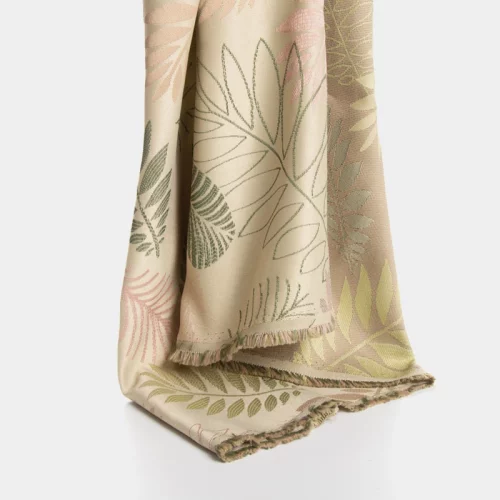
Highlight BEGOODTEX’s Credentials and Expertise
BEGOODTEX is a trusted provider of high-quality flame retardant curtains. They have a lot of experience in making textiles. With years of experience and a focus on innovation, BEGOODTEX provides products that meet strict safety standards. These products also have great looks and advanced technology.
Advantages of BEGOODTEX Flame Retardant Curtains
Antibacterial Properties
BEGOODTEX designed the flame retardant curtains with advanced antimicrobial properties. These features ensure that your living or working spaces remain hygienic by inhibiting bacterial growth on curtain surfaces.
Mold Resistance
Mold resistance is another standout feature of BEGOODTEX flame retardant curtains. This characteristic makes them ideal for use in humid environments where mold growth is a common concern. By preventing mold formation, these curtains contribute to healthier indoor air quality.
Permanent Flame Retardancy
The permanent flame-retardant properties of BEGOODTEX products ensure long-term safety without compromising on durability. Unlike temporary treatments that wear off over time, these curtains retain their fire-resistant qualities throughout their lifespan.
Excellent Privacy Features
In addition to safety benefits, BEGOODTEX flame retardant curtains offer excellent privacy features. Their dense weave effectively blocks out light and reduces visibility from outside. This combination of functionality and style makes them an ideal choice for both residential and commercial applications.
By using these maintenance tips, you can keep your flame retardant curtains in good shape. Choose trusted suppliers like BEGOODTEX for the best results. This will also improve safety in your spaces.
FAQ
Q: Can I use regular detergent to clean flame retardant curtains?
A: No. Harsh detergents or chlorine bleach can damage the flame-retardant coating. Use oxygen-based bleaching agents for white curtains and neutral detergents for colored ones.
Q: Is machine washing safe for flame retardant curtains?
A: Yes, but only on a delicate cycle with low agitation. Avoid roller washers, washboards, or hard brushes to prevent mechanical damage.
Q: Why is water temperature important when washing flame retardant curtains?
A: High heat (above 40°C) can degrade the fabric and fire-resistant properties. Stick to 30°C–40°C for safe and effective cleaning.

